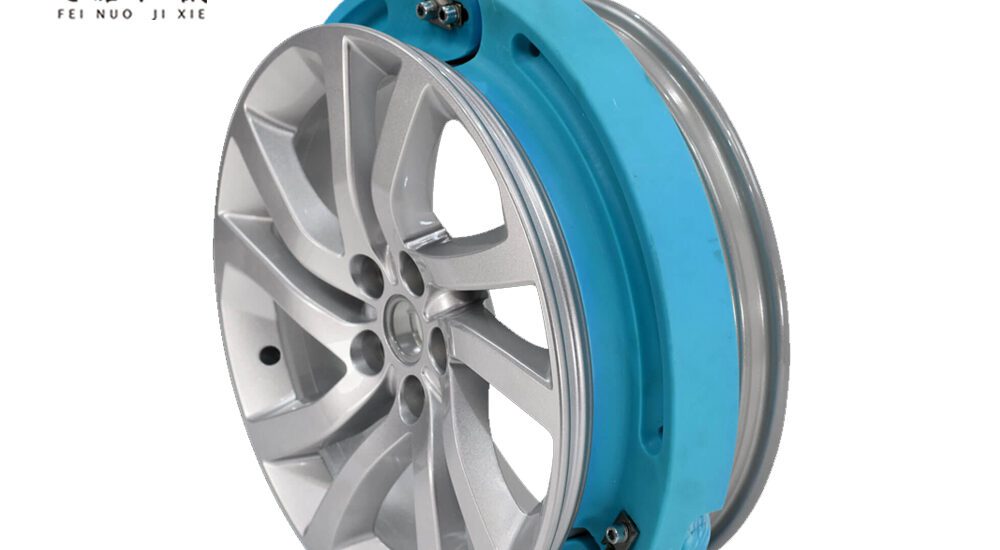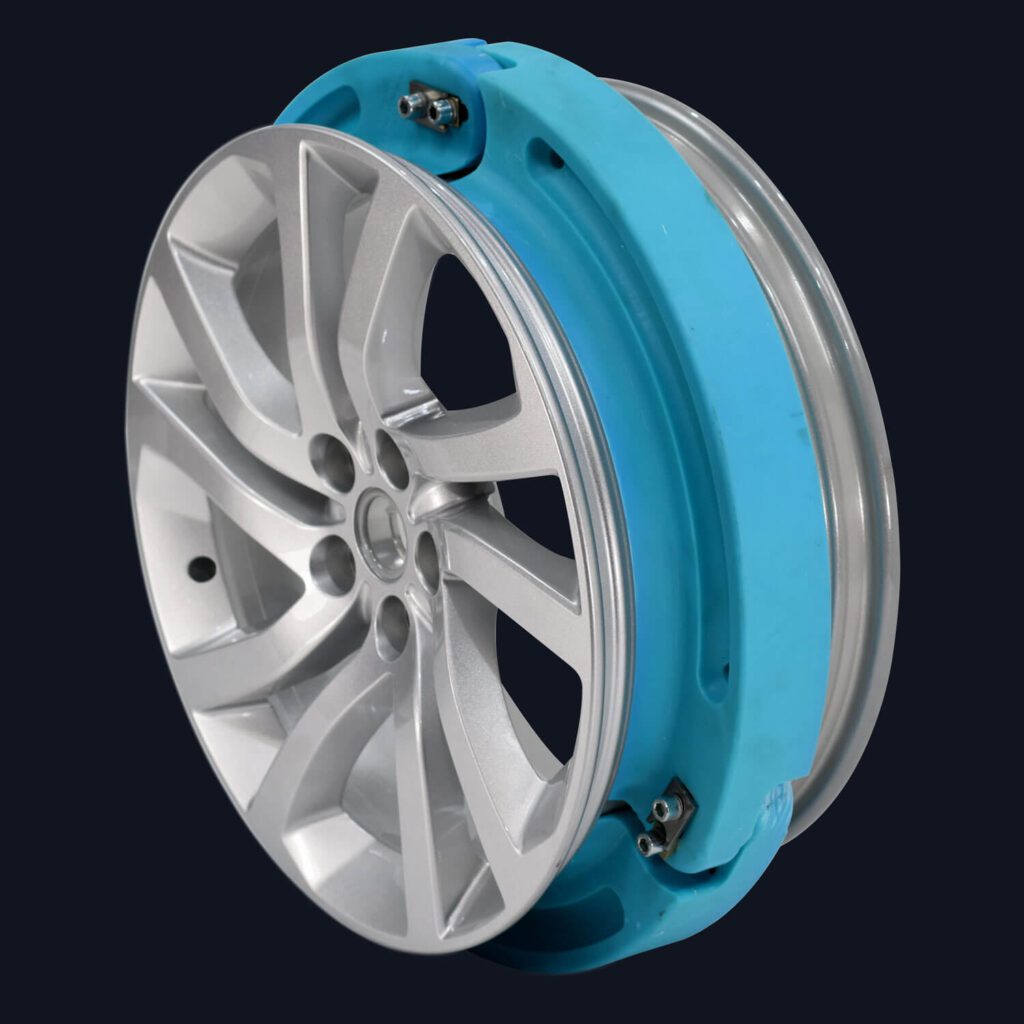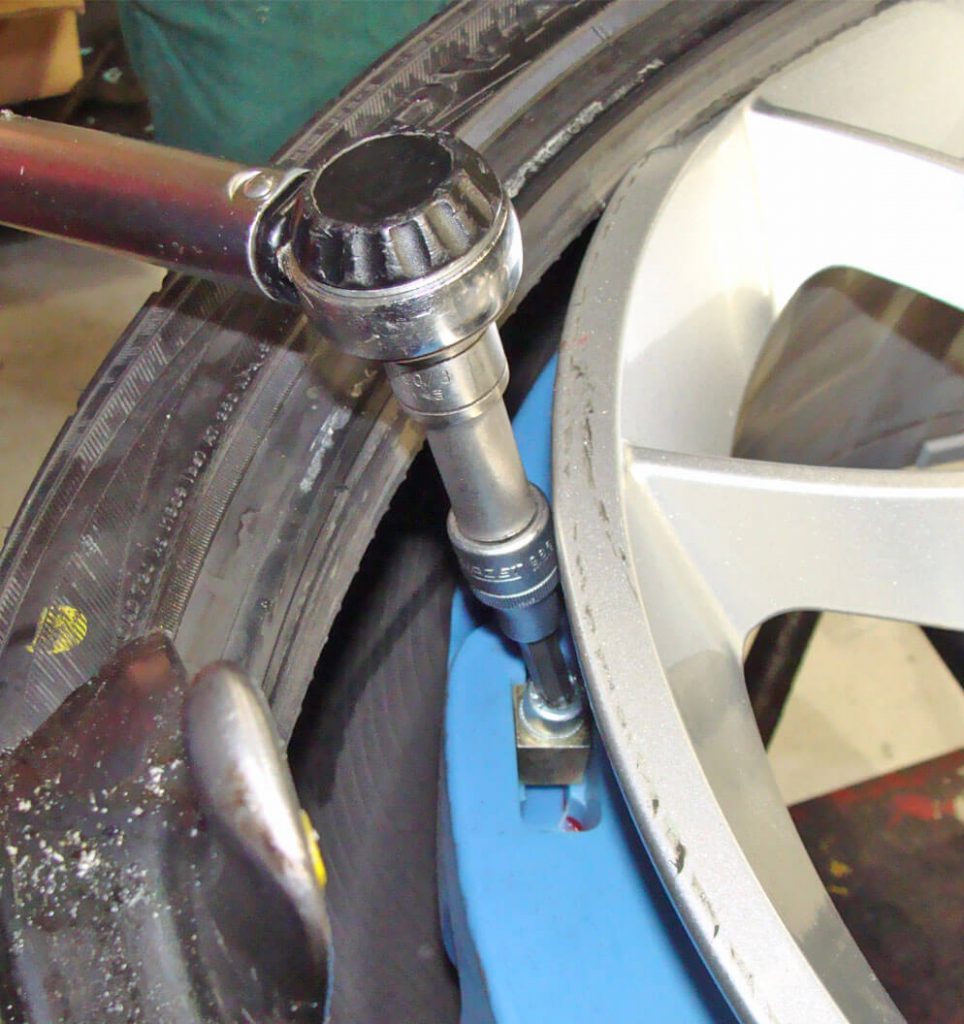- May 20, 2025
- Posted by: feinuojixie
- Category: Injection Molding News


Tires are one of the most overlooked yet critical components of road safety. When a flat happens—whether on a quiet side street or a busy freeway—how your tires respond can mean the difference between a minor inconvenience and a major accident. That’s why choosing the right type of tire matters more than most drivers realize. In recent years, run flat inserts have gained attention as a high-tech alternative to traditional tires. But do they truly offer more safety, or are they just a premium feature with limited benefit? This article explores the key differences between run flat inserts and traditional tires, focusing on one crucial question: which one keeps you safer when it really counts?


Understanding the Basics: What Are Run Flat Inserts?
Run flat inserts are specially designed support rings or structures placed inside a tire that allow it to maintain functionality even after a puncture or loss of air pressure. Unlike traditional tires, which collapse and become unusable when deflated, tires equipped with run flat inserts can continue to carry the vehicle for a limited distance—often up to 50 miles at reduced speeds. This allows drivers to reach a safe location without stopping immediately, reducing the risk of roadside accidents or being stranded in dangerous conditions. These inserts are commonly used in performance vehicles, military applications, and increasingly in passenger cars for their added safety benefits.
How Traditional Tires Operate and Fail
Traditional tires rely entirely on air pressure to retain their shape and performance. When a puncture occurs, the air escapes quickly, causing the tire to deflate and lose its structural integrity. This can lead to a variety of safety issues, including difficulty steering, reduced braking efficiency, and even complete tire blowouts. In high-speed situations or on rough terrain, these failures can become life-threatening. Furthermore, changing a flat tire on the roadside poses additional risks, especially in low-visibility or high-traffic areas. While traditional tires are generally less expensive and more widely available, their vulnerability in emergency scenarios raises concerns about overall safety.
Run Flat Inserts and Safety: The Real Benefits
The primary safety advantage of run flat inserts is their ability to keep the vehicle moving after a puncture. This eliminates the immediate need to pull over, which is especially beneficial on highways or in unsafe areas. These inserts also enhance vehicle control by maintaining the tire’s shape, allowing for stable steering and braking even under duress. In extreme cases, such as blowouts or sharp object penetration, run flat inserts provide a crucial buffer that prevents sudden tire collapse. Additionally, by reducing the urgency to change a tire immediately, they minimize the chances of secondary accidents caused by roadside tire changes or abrupt stops.
Limitations of Run Flat Inserts You Should Know
Despite their safety benefits, run flat inserts are not without drawbacks. First, they can add significant cost to the overall tire system, both in terms of initial installation and eventual replacement. Additionally, the ride quality may be slightly firmer compared to traditional tires, as the inserts can affect cushioning and noise absorption. Repair options are also more limited—many punctures in run flat systems require full tire replacement rather than simple patching. Lastly, not all vehicles are compatible with run flat insert systems, and finding service centers that specialize in these tires may be more challenging in certain regions.
Comparing Real-World Scenarios: Run Flat Inserts vs. Traditional Tires
Imagine driving late at night on a rural highway when your tire suddenly gets punctured. With a traditional tire, you’d likely have to stop immediately, possibly in an unsafe or poorly lit area, and attempt a repair or wait for assistance. In contrast, a tire equipped with run flat inserts would let you keep driving to a safer location—perhaps even home or a nearby repair shop. In urban areas, the ability to continue driving reduces traffic disruptions and prevents the need for dangerous roadside maneuvers. In both high-speed and everyday driving scenarios, run flat inserts consistently offer an edge in maintaining safety and control during emergencies.
Maintenance and Longevity: What’s Easier to Manage?
When it comes to upkeep, traditional tires are generally more straightforward. They’re easier to patch, cheaper to replace, and available at most service stations. However, they also require regular pressure checks and are more susceptible to blowouts from neglected damage. Run flat inserts, on the other hand, demand less frequent pressure monitoring, since a sudden loss of pressure doesn’t immediately render the tire unusable. Still, maintenance can be more complex, and replacement costs higher. For drivers prioritizing simplicity and cost, traditional tires may have an advantage. For those valuing safety and reduced emergency maintenance, run flat inserts are the better fit.


Who Should Choose Run Flat Inserts?
Run flat inserts are ideal for drivers who often travel long distances, commute through remote areas, or frequently drive in high-speed traffic zones. They’re also recommended for those who prioritize safety over cost or who may not be physically able to change a flat tire themselves. Families, elderly drivers, and individuals with limited roadside assistance options can benefit greatly from the added security. On the other hand, urban drivers with short commutes and easy access to tire services may prefer the affordability and convenience of traditional tires. The decision ultimately depends on your driving environment, budget, and safety expectations.
Safety First, But Choose Smartly
When it comes to tire safety, the debate between run flat inserts and traditional tires isn’t just about performance—it’s about preparedness. Run flat inserts offer a strong advantage in emergencies, allowing you to stay in control and avoid risky roadside stops. While they come at a higher cost and with some limitations, the added peace of mind is often worth it for many drivers. Traditional tires remain a reliable and affordable option, but they require quick responses when failure occurs. In the end, the safest choice is the one that aligns with your driving habits, risk tolerance, and readiness for unexpected road challenges.
